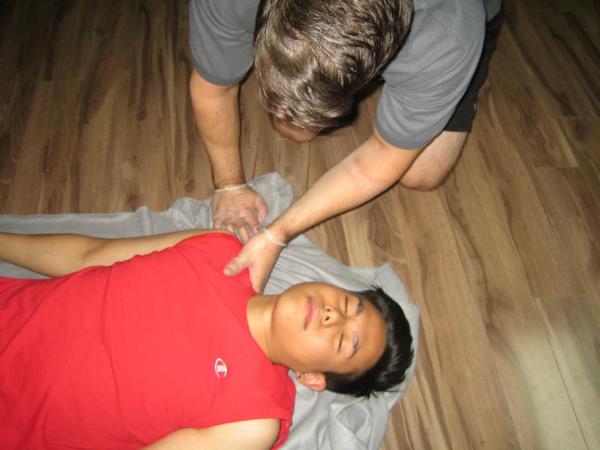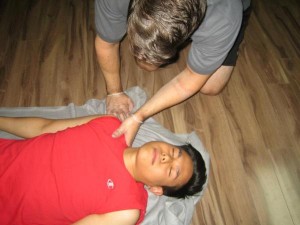Second impact syndrome occurs once an individual resumes his/her sport too early after sustaining an initial concussion. There is no need to sustain a strong second blow on the head for the effects to develop. Even a minor blow to the head or strike to the back or chest that snaps the head strong enough to recoil the brain within the skull can be possible causes.
Since the brain is prone to damage after initial injury to the brain, it only requires minor force to trigger irreparable damage. The capability of the brain to control the blood volume to the brain is impaired, thus there is increased blood volume that results to herniation and death of the brainstem. The ensuing pressure in the brain rapidly increase which results to brain death in just 3-5 minutes.
What are the indications of second impact syndrome?
Initially, the individual might not lose consciousness, but appears shocked. The individual might abruptly collapse within minutes while on the way to the sidelines.
The condition rapidly deteriorates with the following:
- Loss of eye movement
- Loss of consciousness
- Dilated pupils
Initially, the individual might not lose consciousness, but appears shocked. The individual might abruptly collapse within minutes while on the way to the sidelines. - Respiratory failure
- Coma
Since this is an emergency, life-saving procedures should be carried out in minutes. The treatment aims on maintaining an airway and perform rescue breathing and CPR if needed.
Prevention
The key in preventing second impact syndrome is to ensure that the individual will not resume any sport with any post-concussion symptoms.
Management for second impact syndrome
The treatment for second impact syndrome is to stabilize the individual with focus on airway management. When the CT scan is completed and it confirms that there is an elevated intracranial pressure, the objective is to normalize the high intracranial pressure by limiting the blood flow to the tissues of the brain.
Other possible treatment options include diuresis, hyperventilation, fluid restriction, controlling the blood pressure, steroids or even surgery if indicated.
Quick Note / Disclaimer
The material posted on this page on second impact syndrome is for learning and educational purposes only. To learn to recognize and manage head injuries including second impact syndrome, register for a first aid and CPR course with Ottawa First Aid.


